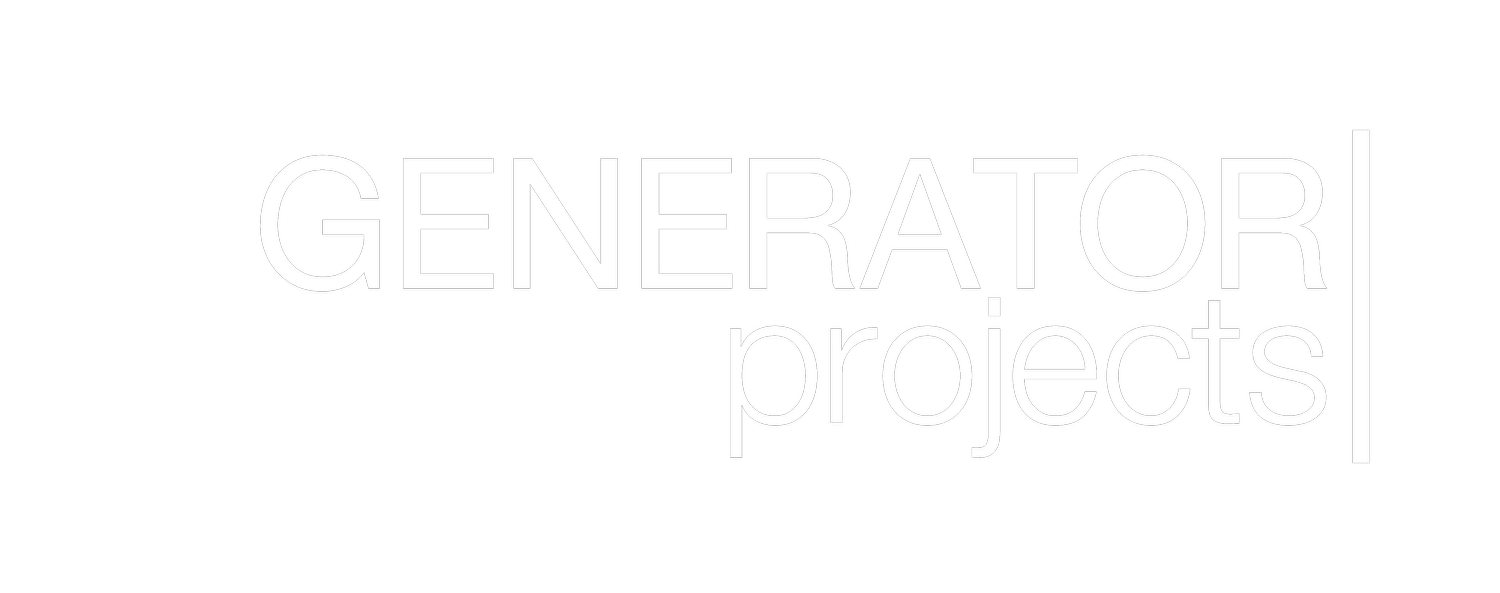Harvey Dimond - Manifesto for Black futures in the arts
This text was commissioned as part of ‘call + response 3: EXTENSION’
The last 12 months have seen an extension of many things; extended lockdowns, extended periods of isolation, and an extended period of Black grief. The murder of George Floyd by police officers in the U.S triggered a global wave of protest, solidarity and grief. In the aftermath, many institutions publicly declared their support, and promised systematic change.
In the arts, there has been a concerted extension of opportunity to Black creatives by organisations who had previously shown little to no interest or support. But whether this interest is genuine, permanent and dedicated remains to be seen. Despite the demand for Black artists and their work, what has not been extended is an invitation for Black people to rest, recuperate and heal.
I am curious to know what the residence time is on this interest in Black creatives and their work. How long will the residue of the Black Lives Matter movement be seen in the UK’s art sector; how long before business as usual once again? How long before Blackness is no longer ‘trending’? Too often, we see institutions extending opportunities to Black artists for the sole purpose of virtue signalling and showing shallow solidarity, and this has become more evident during the Covid-19 pandemic. Arts organisations are reaching out to Black creatives and other marginalised communities, encouraging them through ‘ringfenced’ opportunities and positive action. However, they fail to do the institutional ground work to ensure that their Black collaborators feel safe, supported and cared for.
So, here is my manifesto for how people in arts institutions in the UK can respond to this urgent issue, and create sustainable and purposeful long term change:
Create genuine long term relationships with Black artists and artists of colour, instead of tokenistic gestures and shallow displays of solidarity
Consider whether your place of work is a safe and welcoming space for Black creatives - there is no point inviting us into your space if we are not welcome
Many Black creatives are already wounded from previous negative experiences with majority-white spaces. Institutions need to be sensitive and tentative to this, and take accountability for harmful and toxic behaviour
Ensure Black employees and employees of colour working in the arts are given the opportunity to rise within the organisations they work in. The upper echelons of the art world in the UK are glaringly white
Layemi Ikomi has created an excellent public spreadsheet, showing which galleries and museums in London have made statements on Black Lives Matter, and whether they have followed this statement up with genuine action. This excellent resource would be even more valuable on a national scale if used across the UK, in order to hold institutions to account. The spreadsheet can be found here. You can also find a letter template that Layemi Ikomi, Aye Ikomi and Eibhlin Jones have created to send to galleries and other art institutions on The White Pube’s website
Make comprehensive and relevant unconscious bias training mandatory for all staff within your organisation
Give space on your website and social media to Black creatives and freelancers
Consider donations to charities or organisations that work towards social justice, particularly in regards to anti-racism. For smaller institutions who receive less funding, consider other forms of solidarity, such as knowledge sharing and volunteering
Ensure your organisation is actively fighting the hostile environment policy. Migrants in Culture have been doing some excellent work in this area
Consider what resources and facilities you have to share, and allow Black creatives free access to them
Understand intersectionality and make space for work and conversations that consider intersecting identities, including Black LGBTQIA+ people and people without papers
Recognise that there are many Black artists working outside of London, and consider them for opportunities - there is a deep and rich Black artistic heritage in regions outside London
Be transparent with your audiences and potential collaborators, releasing reports that reflect on the anti-racism work you have been undertaking
Institutions must move away from making a public event or exhibition the only outcome of a residency, and instead make space for artists to spend time undertaking research and experimentation
Avoid pigeon-holing Black artists in a context that always relates to race, and encourage other organisations to do the same
Harvey Dimond is a British-Barbadian artist, writer and curator based between Athens and Glasgow. They write about colonialism, queer identity and the climate crisis.
You can find more of their work at harveyldimond.cargo.site
